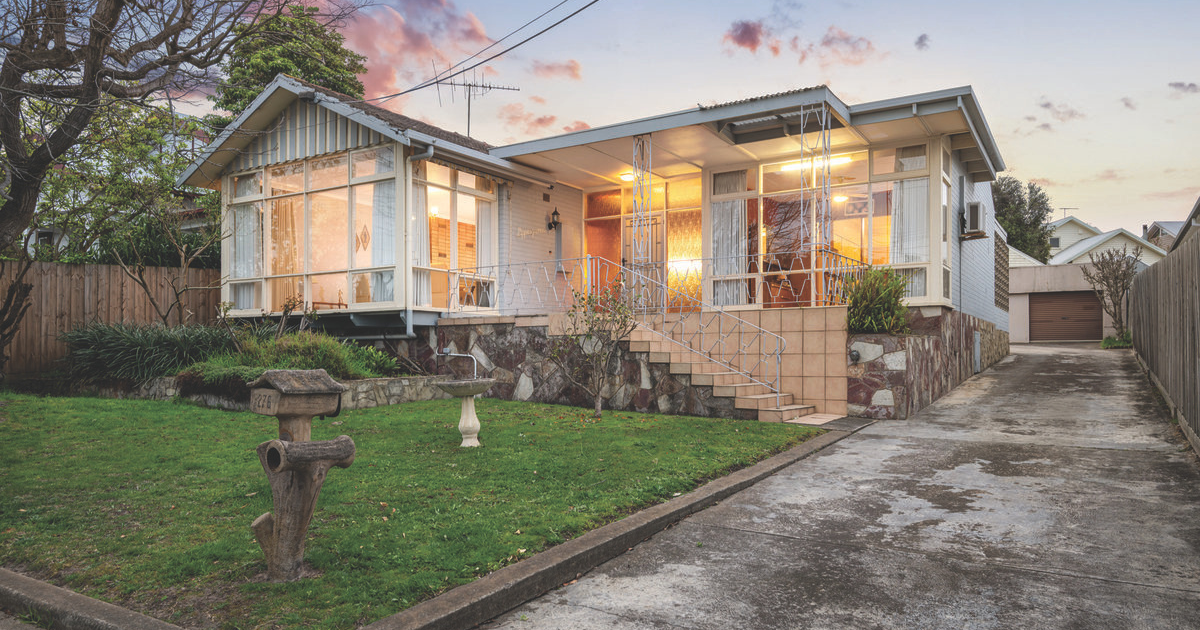State land taxes – the devil is in the detail

The Victorian State Budget delivered on May 23, 2023 includes various land tax charges that should be concerning for both tenants and landlords alike.
The Victorian State Budget delivered on May 23, 2023 includes various land tax charges that should be concerning for both tenants and landlords alike.
Preston Rowe Paterson (PRP), a leading national valuation firm, has reviewed the budget’s Land Tax and Stamp Duty tax grabs from the perspective of its impact on existing rental prices and property valuations. The tax-free threshold for general land tax rates will be cut from $300,000 to $50,000, therefore subjecting more properties and property owners to land tax.
“These tax reforms will not only impact owners directly but also tenants,” PRP chief executive officr Greg Sugars said.
In the first instance, land tax is not a recoverable outgoing under the Retail Leases Act (2003), therefore the increase in the tax will decrease the net effective rent associated with a commercial investment property, thereby decreasing its value.
The obvious direct impact of this could be that some property owners may be forced to sell, as they potentially fall below the loan-to-value ratio that lenders require.
Sample data shows that if the land tax (previously not rated) is non-recoverable, property values can fall between 5-10 per cent.
The longer-term spill-on effect of this is that when properties reach their impending rent reviews, property owners will look to recoup their property value through increased rentals; they will have no other choice.
It should be noted that this not only affect commercial investment, but also residential investment properties, placing more pressure on the affordable housing market, and also small businesses that are renting accommodation for either domestic or residential uses.
The second part of the tax reforms is the changes to stamp duty which relates purely to new purchases of commercial property.
From July 1, 2024, property purchasers can elect to pay stamp duty as an annual charge, levied at 1 per cent of the overall property value. It appears that there is nothing stopping owners from passing on the annual surcharge as an outgoing.
When we think about the commercial office, industrial and some retail leases subject to a “net lease”, the tenant pays a net rental plus outgoings, including statutory outgoings.
In this case, if the new taxes fall within the existing lease definition of outgoings, the tenant will be forced to pay more.
On the other hand, if a lease is a “gross lease” where outgoings are paid by the landlord from the rental tenants’ pay, the resultant net rental will be less, and when capitalised, the property’s market value will be less.
It’s not just investment property that is affected.
“Land Tax is a cost to development as a holding cost, not only while waiting to achieve development approvals after a site has been acquired, but also during construction until the project has been sold,” Mr Sugars said.
“Therefore, development site land values will be affected.
We already know development approvals are at their lowest in four years and that, combined with rising interest rates, the supply of development land will continue to be an issue in a market where we need more land supply to meet population growth.
We are already in the middle of an affordable housing crisis, increasing residential rental prices, in the order of 11.5 per cent year on year in Melbourne and 4 per cent year on year in regional Victoria.
Add to this the expected population growth due to increased immigration over the coming years, lower housing starts and lower dwelling approvals, and we cannot see the crisis abating for quite some time.”
We have no doubt that landlords will move to pass the increased tax burden onto tenants in the residential space as is already happening in Queensland following that state’s announced land tax changes.
Mr Sugars said that PRP’s Victorian valuers are already advancing plans to take into account the impact of the changes in their Market Rental and Capital valuations.
// Sponsored Content

















